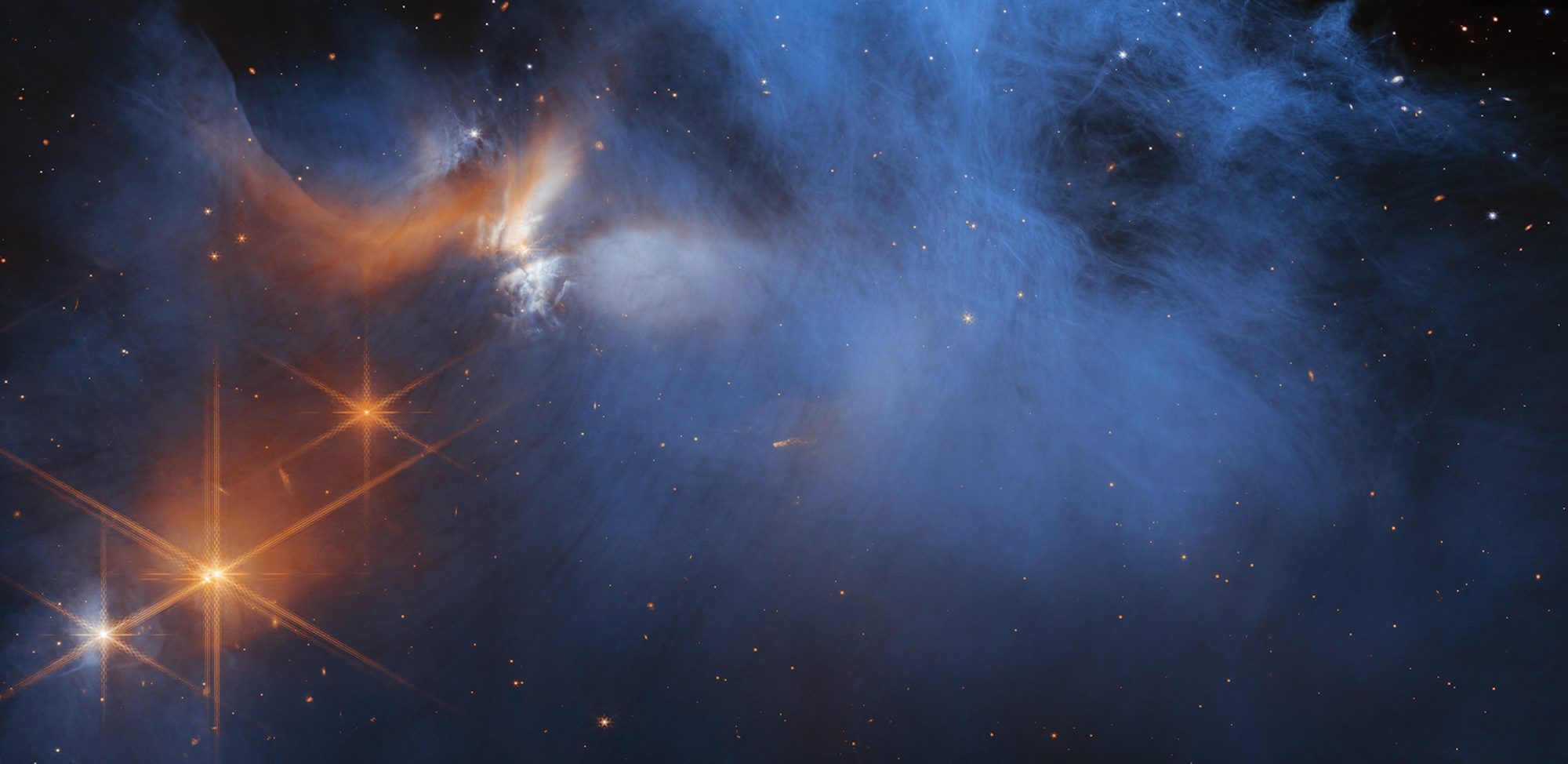Key takeaways:
- A new study suggests the universe may be 26.7 billion years old, roughly twice the age estimated by the current cosmological model.
- The findings help address the “impossible early galaxy problem,” where galaxies seen shortly after the Big Bang show a maturity and mass inconsistent with the universe’s previously estimated age.
- This research combines Zwicky’s “tired light” theory, which posits that light loses energy over vast distances, with the expanding universe model, creating a hybrid explanation for redshift.
- The study also proposes that “coupling constants” governing particle interactions may have evolved over time, allowing for the possibility of older, more mature galaxies in the early universe.
- A redefined cosmological constant, accounting for evolving coupling constants, could provide a better understanding of the universe’s structure, including the observed small sizes of ancient galaxies.
__________________
New model suggests the universe could be a staggering 26.7 billion years old.

Rethinking the Age of the Universe
A recent study led by Rajendra Gupta, a physics professor at the University of Ottawa, proposes that the universe might be twice as old as current estimates suggest. This study, published in the Monthly Notices of the Royal Astronomical Society, challenges established cosmological models, proposing that the universe could be 26.7 billion years old instead of the widely accepted 13.8 billion years. Gupta’s findings offer a potential solution to various unresolved astronomical mysteries, such as the existence of mature galaxies seen shortly after the Big Bang and stars that seem older than the universe itself.
For decades, scientists have estimated the age of the universe by studying distant stars and the redshift of light, concluding that the universe began about 13.8 billion years ago. The Lambda-CDM model, which combines elements like dark energy and cold dark matter, has been central to these calculations. However, recent observations from the James Webb Space Telescope (JWST) have cast doubt on this model. The JWST has detected surprisingly mature galaxies that appear just 300 million years post-Big Bang, exhibiting mass and structure typically associated with billions of years of evolution. Additionally, stars like Methuselah appear to be older than the universe itself, challenging our current understanding of cosmic timelines.
New Theories to Resolve “Impossible Early Galaxy Problem”
To reconcile these anomalies, Gupta revisits an old idea: Zwicky’s “tired light” theory. This theory, proposed by astronomer Fritz Zwicky in the 1920s, suggests that light from distant galaxies shifts toward red as photons lose energy over vast distances. While this idea was initially dismissed due to conflicts with observational data, Gupta found that combining it with the concept of an expanding universe could provide a more nuanced explanation for redshift. Under this hybrid model, redshift results from both photon energy loss and cosmic expansion, offering an alternative to the standard redshift interpretation.

In addition to tired light theory, Gupta draws on a concept proposed by theoretical physicist Paul Dirac involving evolving “coupling constants.” These are fundamental physical constants that dictate interactions between particles, and Dirac speculated they might change over time. Allowing these constants to evolve, Gupta argues, could extend the timescale for the formation of galaxies. This approach could explain why the galaxies observed by the JWST appear so mature despite their early appearance in the universe’s timeline, as these evolving constants would provide additional time for cosmic development.
A New Look at Dark Energy and the Cosmological Constant
Gupta’s study also suggests revising the traditional interpretation of the cosmological constant, which represents dark energy, a force thought to be driving the universe’s accelerated expansion. Instead of a fixed constant, Gupta proposes a model where this constant accounts for evolving coupling constants. This new interpretation could address the unexpectedly small sizes of early galaxies by providing a more adaptable framework for understanding cosmic expansion and evolution.
This groundbreaking study not only offers a fresh perspective on the universe’s age but also provides a potential resolution to several long-standing cosmic puzzles. If validated by further research, Gupta’s model could lead to a significant shift in our understanding of the universe, opening up new directions for exploring cosmic origins and evolution.